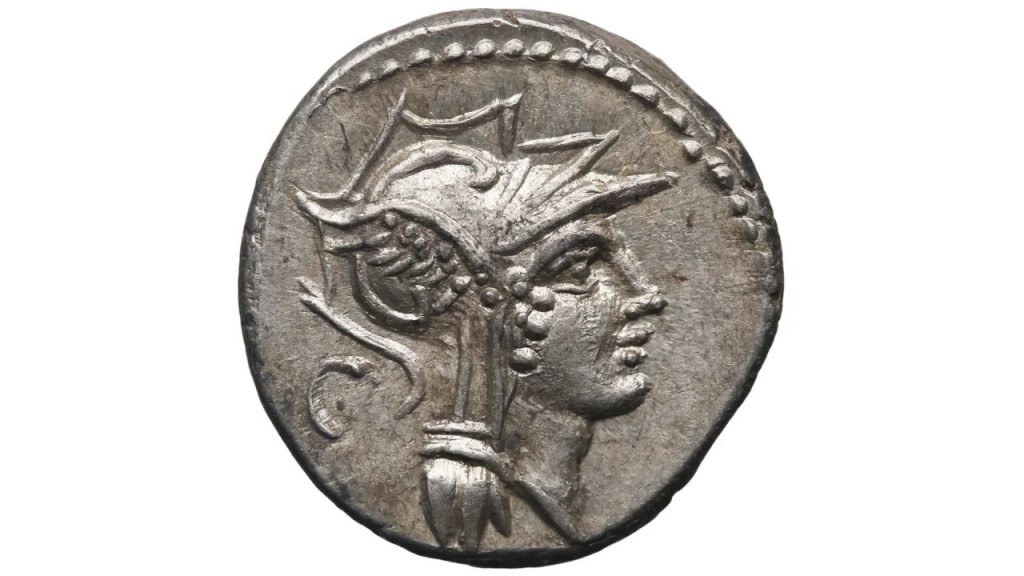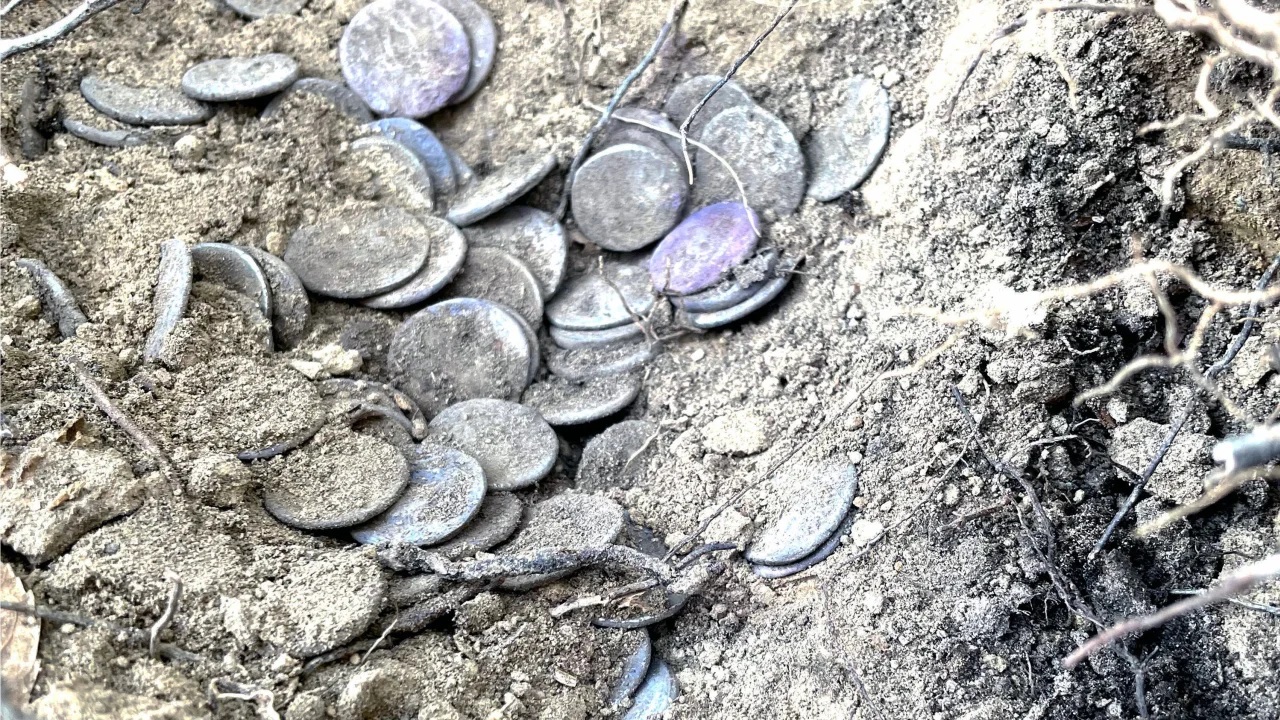CNN — Archaeologists in Livorno, Italy, are putting together the pieces of a great mystery that began with a stunning find.
While hiking in a cleared area of a Tuscan forest northeast of Livorno, a member of the Livorno Paleontological Archaeological Group spotted a few glimmering coins in the dirt in November 2021. Upon closer inspection and excavation, researchers determined that the find included 175 silver Roman denarii coins. Nearly all were in good condition, making this one of the few hoards of ancient coins found intact, according to the group.
But the discovery prompted a number of questions: Whose treasure was it? Who were they hiding it from? And why didn’t they come back for it?
The archaeological group, along with the archaeologist official for the provinces of Pisa and Livorno, Dr. Lorella Alderighi, has spent more than a year measuring, weighing and documenting the coins, according to a news release posted on its Facebook page. Now, the researchers think they have some answers.
“This treasure is about a person’s life, the savings of a soldier’s life and his hopes for building his farm,” Alderighi said via email.
“However, it also tells a sad story: (T)he owner of the coins died before he could make his dreams come true using his savings. The coins tell his story.”
The hoard will soon be on display in an exhibition at the Museum of Natural History of the Mediterranean in Livorno from May 5 to July 2, Alderighi said.
Mysterious past of the coins

Alberto Cecio/Soprintendenza Archeologia
It’s impossible to know exactly who buried the coins, Alderighi said, but the coins would most likely have been the treasure of a former soldier who served during Rome’s Social War from 91 to 88 BC and during the civil war between Sulla and the Marians from 83 to 82 BC.
The owner of the hoard buried it in a terra-cotta pot, which served as a sort of piggy bank. The earliest coins in the stash dated to 157 or 156 BC, and the latest up to 83 or 82 BC, according to the archaeological group’s release.
During that time, 175 denarii would have been a soldier’s salary for about a year and a half, Alderighi said. Now, the treasure has a value of around 20,000 to 25,000 euros, she added.


